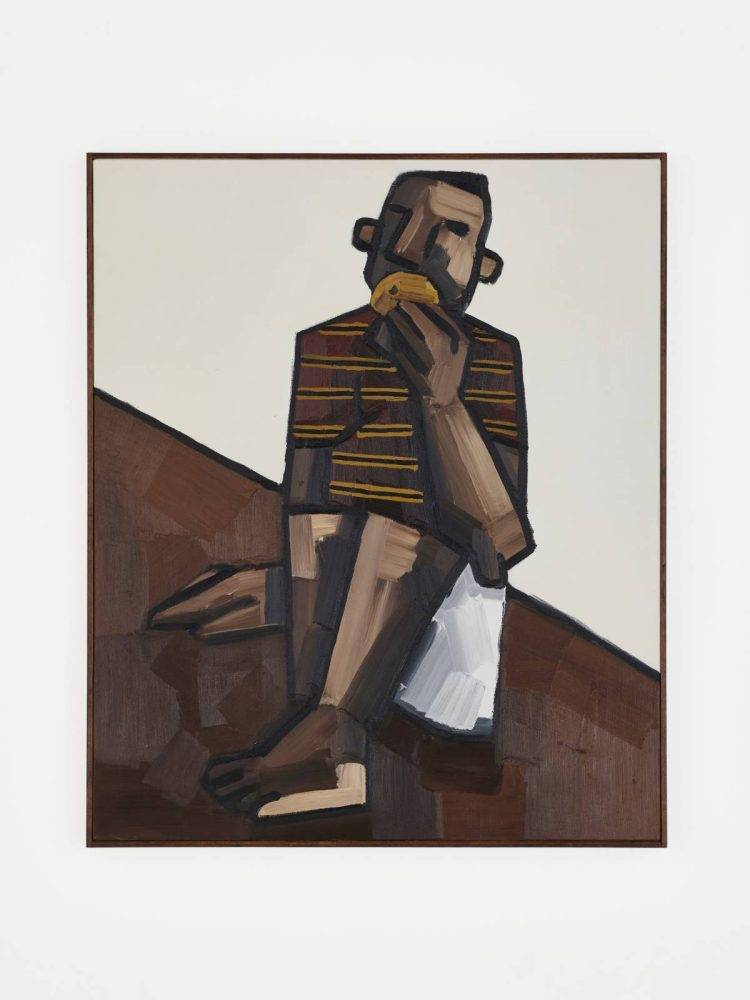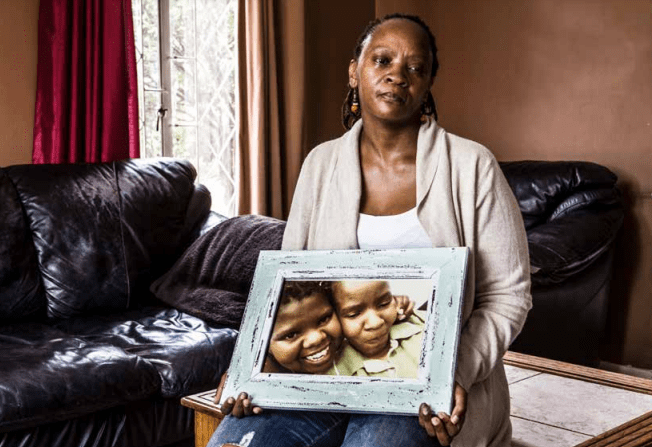Exhibition shows the convergence of art, craft and design
A new wave of African creatives is working with galleries to blur the distinction between the three disciplines

A collection of three solo shows by contemporary African artists demonstrates the changing attitudes in South Africa’s art market.
Held at Cape Town gallery Southern Guild, the exhibition is an examination of the distinctive practices of young artists Jozua Gerrard, Mmangaliso Nzuza and Xanthe Somers.
Southern Guild is a unique platform in that it works with traditional fine artists as well as designers.
They represent iconic names in the design world such as Rich Mnisi, whose clothing line is acclaimed globally, as well as furniture designer Porky Hefer, whose woven seats resemble intricate nests.
While it is somewhat unusual for a gallery to represent designers, Southern Guild is on track to be one of the largest platforms in the country — it recently opened a Los Angeles space, a testament to its fast-growing success.
Alongside this, it runs the Guild Residency programme, which invites creatives from around the globe to engage their practice in a South African context.
Its success is perhaps indicative of a changing of the tides in the art world, where cultural practitioners and participants are beginning to reject the binary distinctions between art and design and are attracted to a wider range of artmaking.
The first of the shows is Gerrard’s In the Present Tense. His style is distinct, creating large-scale pastel-coloured enamel works on glass. Most of them contain figures engaged in various activities, each donning a soft pink mask, obscuring their identities.
Gerrard comments that this is as a form of protection, shielding his figures, and by extension himself, from the public eye. These works are more simplistic than some of his previous ones, and the masks less aggressive, as they lack the once trademark horns and sharpened teeth.
The title alludes to mindfulness, the practice of being in the present moment. The softened colour palette and that change in masks represents the artist’s newfound sense of calm and confidence in his work.
In the centre of the space is a bronze casting of one of Gerrard’s masks. As viewers approach, they catch their own reflection in the mask, emphasising the sentimentality and personal connection in the work. The simplified faces of the masks evoke a universal quality, allowing each person to find something relatable.
As a complete body of work, the show envelops the viewer and creates a tranquil setting, with its clean lines and bold colours giving the works a dreamlike quality that invites the viewer into the space.
The exhibition reflects universal struggles, delving into themes of identity, self-discovery and the navigation of insecurities that define the human experience.

The next show, An Open Letter, is by Nzuza, an up-and-coming artist. Bursting onto the scene earlier this year with a sold-out solo booth at the Investec Art Fair, Nzuza’s work is an ode to 20th-century Cubist influences and is distinct from other contemporary South African oil painters.
Having started painting only three years ago, Nzuza’s career has taken off at a blistering pace that has left the market reeling as collectors clamour to own one of his pieces.
His works depict various scenes of everyday life, with figures lying languidly in fields or engaged in conversation with one another on beaches and in domestic settings.
Nzuza’s angular and stylised depictions of the body are striking, as he creates a sense of depth and space despite their bold black outlines and simplistic rendering.
These works demand to be experienced in person, where the strong scent of oil paint and linseed oil, along with the textured impasto of his brushstrokes, must be seen firsthand to be fully appreciated.
As mentioned in the exhibition text, Nzuza’s subjects confidently lay claim to space through their sculptural quality and are rich with imagery such as fruit as a representation of abundance and bodies of water as sites of “cleansing”.
He also cites the work of American sociologist WEB du Bois as an influence, particularly his theory on “double consciousness”, which describes the sense of viewing oneself as if through the eyes of others and explores how this is an integral part of the black experience.
Not only are the works commanding in their formal qualities, but delving into Nzuza’s conceptual motives adds another layer of intrigue, enriching the overall viewing experience.
The final of the three solo shows is a collection of ceramics titled Invisible Hand by Zimbabwean artist Somers. Comprising three large stoneware vessels made during her residency with Southern Guild earlier this year, her work is an exploration of texture, craft and domesticity in a post-colonial context.
One particularly striking work titled The Weary Weaver combines stoneware of various colours intricately looped within one another.
The works have a basket-like appearance, using weaving techniques indigenous to the country of her birth. They challenge the idea that crafts such as pottery, weaving and sewing are merely “women’s work” and examine how they have historically been dismissed because of this association.
The title of the show alludes to economist Adam Smith’s free market theory, which posits that when individuals, companies and organisations pursue their own interests, they unintentionally benefit society, leading to economic growth without the need for central control.
Somers’ linking of this theory with ceramics works to highlight the historical devaluation of the medium while simultaneously challenging the idea of a truly “free” market.
Artists such as these represent a new wave of young African creatives, collaborating with forward-thinking galleries such as Southern Guild, which embrace the convergence of art, craft and design.

Gerard’s unconventional use of glass as canvas and Somers’ integration of craft into fine art beautifully intersect with Nzuza’s traditional oil painting. Despite their diverse styles and mediums, the exhibitions do not compete, instead they complement one another and explore the definition of art, as no one medium is more important than another.
This also represents changing attitudes, not only among creatives and collectors, but also policymakers. They are beginning to place greater emphasis on the importance of South Africa’s creative sector, not only as a means of cultural engagement, but also as a source of economic empowerment.
Increasingly, creative industries are being acknowledged as drivers of sustainable economic opportunities and growth for local communities. Various studies have shown local creative industries are distinguished by a high level of integration compared to other sectors, highlighting the importance of implementing policies that support this sector.
Southern Guild remains a major commercial gallery. Still, its approach to various artistic practices, alongside its global integration with the South African market through its residency programme and Los Angeles space, demonstrates the growing recognition of all creative industries as vital contributors to economic growth as well as being a tool to explore complex intercultural dynamics.
This shift underscores the need for support and investment from policymakers in local communities, for artists across all disciplines.
The show is on until 31 October at Southern Guild in Cape Town.
What's Your Reaction?






































